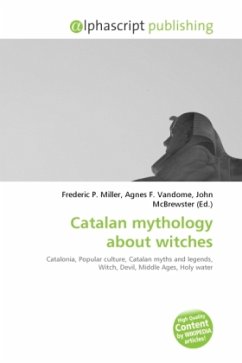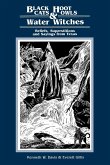In Catalan popular culture, there are a large number of legends about witches (Catalan "bruixes"). In the popular imagination, a witch is a woman who, by means of a pact with the Devil, has acquired supernatural power, which she uses for her own benefit and for evil purposes. During the Middle Ages, the power of the Church strengthened these beliefs among the people, using witchcraft as scapegoat for all calamities, to marginalize, imprison, and finally execute people, especially women, who would not submit to the established social order. Today, the general population no longer believes in witches, and many people view the witch only as a well-loved traditional character, appearing only in children's stories. Catalan tradition distinguished between "bruixeria" - witchcraft based on an explicit compact with the Devil - and "fetilleria" (deriving from a word related to "fetish"): magic worked through charms and fetishes. The former was considered inherently evil, the latter might include the working of magical cures. This article is focused on "bruixeria".








